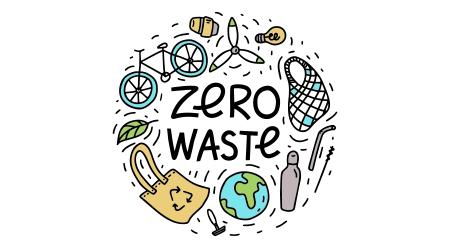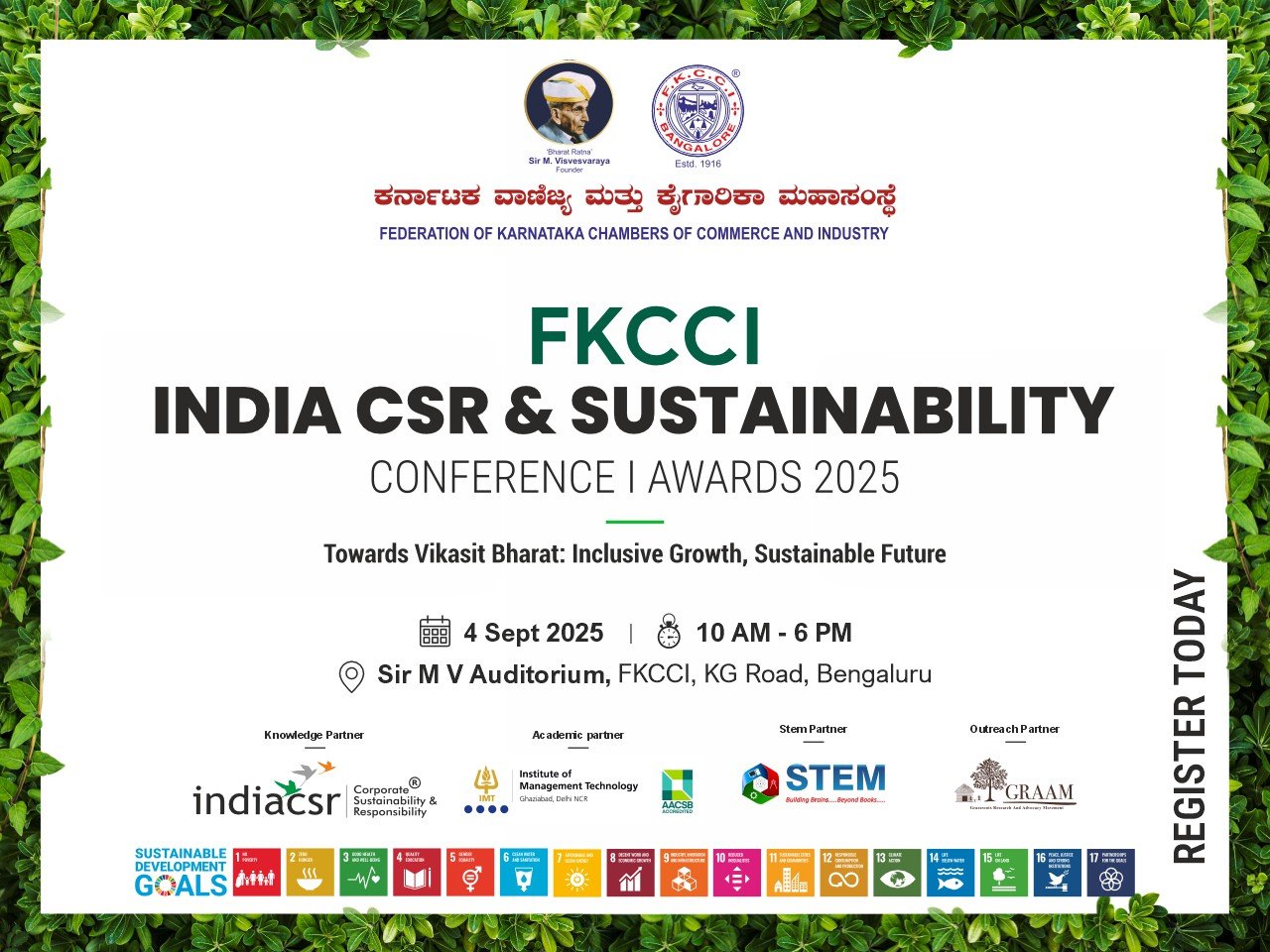By adopting a zero waste lifestyle, we can reduce our environmental impact, save money, and create a more circular economy.
By Rusen Kumar
Zero Waste Lifestyle is a way of living that aims to eliminate as much waste as possible.
Zero Waste Lifestyle is based on the principle that waste is a sign of inefficiency and that everything can be reused, repaired, composted, or recycled in some way.
Zero waste lifestyle is a philosophy and a goal that aims to eliminate the amount of waste that ends up in landfills, incinerators, or oceans. It is based on the principle that waste is a sign of inefficiency and that everything can be reused, repaired, composted, or recycled in some way. By adopting a zero waste lifestyle, we can reduce our environmental impact, save money, and create a more circular economy.
But how can we get to zero waste lifestyle? It may seem daunting at first, but there are many simple steps that we can take to start reducing our waste and moving towards a more sustainable way of living. Here are some tips and ideas to help you get started.
Reduce
The first and most important step in achieving zero waste is to reduce the amount of waste that we produce in the first place. This means being more mindful of what we buy, how we use it, and how we dispose of it.
Here are some ways to reduce your waste:
Buy less: Before you buy something, ask yourself if you really need it, if you already have something similar, or if you can borrow or rent it instead. Avoid impulse purchases and try to buy only what you need and will use.
Choose quality over quantity: When you do buy something, opt for durable, long-lasting, and repairable items that will serve you well for a long time. Avoid cheap, disposable, or single-use products that will break easily or end up in the trash after one use.
Avoid packaging: Packaging is one of the biggest sources of waste in our society. Whenever possible, choose products that have little or no packaging, or that have reusable or recyclable packaging. Bring your own bags, containers, and bottles when you shop and avoid plastic bags, wrappers, and bottles.
Refuse what you don’t need: Say no to things that you don’t need or want, such as flyers, free samples, junk mail, receipts, straws, napkins, or plastic cutlery. Politely decline or ask for alternatives when offered these items.
Reuse
The second step in achieving zero waste is to reuse what we already have as much as possible. This means finding new ways to use old things, extending their lifespan, and preventing them from becoming waste. Here are some ways to reuse your items:
Repair what is broken: Instead of throwing away something that is broken or damaged, try to fix it yourself or take it to a repair shop. You can also learn new skills such as sewing, knitting, or woodworking to mend your clothes or furniture.
Repurpose what is unwanted: Instead of discarding something that you no longer want or need, try to find a new use for it or give it a makeover. You can also donate it to someone who can use it or sell it online or at a garage sale.
Share what is unused: Instead of keeping something that you rarely use or have too much of, try to share it with someone who can benefit from it. You can also join or start a sharing platform such as a library of things, a tool library, a toy library, or a clothing swap .
Borrow what is needed: Instead of buying something that you only need once in a while or for a short period of time, try to borrow it from someone who has it or rent it from a service. You can also lend your own items to others who need them.
Recycle
The third step in achieving zero waste is to recycle what we cannot reduce or reuse. This means separating our waste into different categories and sending them to facilities that can process them into new materials or products. Here are some ways to recycle your waste:
Know what can be recycled: Different types of materials can be recycled in different ways and have different requirements for collection and processing. Check with your local recycling program to find out what can be recycled in your area and how to prepare them for recycling.
Sort your waste: To make recycling easier and more efficient, sort your waste into different bins according to the type of material. For example, separate paper, plastic, metal, glass, organic, and hazardous waste. Make sure your items are clean and dry before putting them in the bins.
Compost your organic waste: Organic waste such as food scraps, yard trimmings, coffee grounds, tea bags, egg shells, and paper towels can be composted into nutrient-rich soil that can be used for gardening or farming. You can compost at home using a bin, a pile, or a worm farm, or join a community composting program.
Recycle your electronic waste: Electronic waste such as computers, phones, TVs, batteries, and light bulbs contain valuable metals and components that can be recovered and reused. They also contain toxic substances that can harm the environment and human health if not disposed of properly. You can recycle your electronic waste at designated drop-off points, collection events, or mail-back programs.
By following these steps, you can reduce your waste significantly and move closer to achieving zero waste. Remember that every little action counts and that you don’t have to do everything at once. Start with one thing at a time and gradually incorporate more changes into your lifestyle. You will soon notice the benefits of living with less waste and more sustainability.
About the Author: Rusen Kumar Read More





















